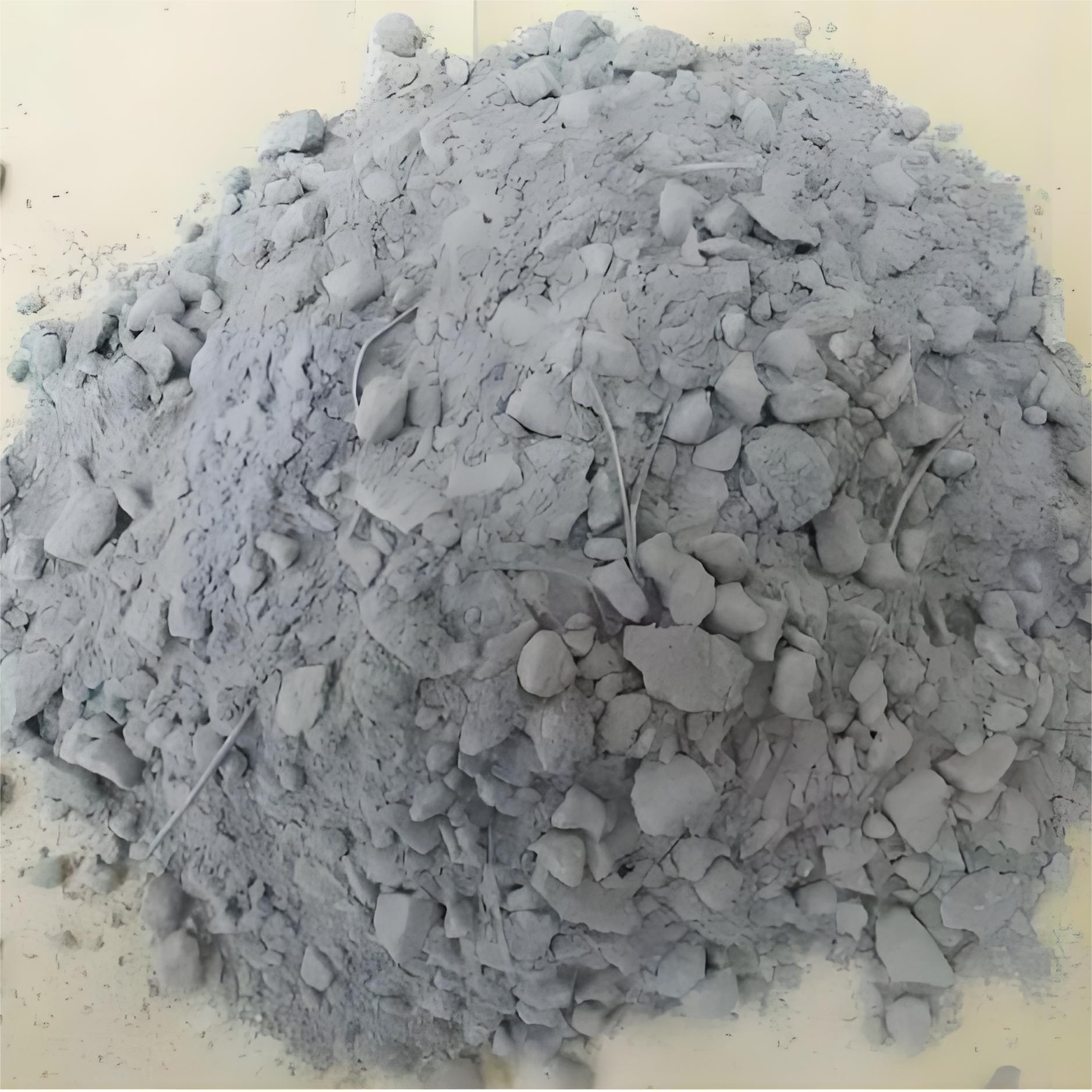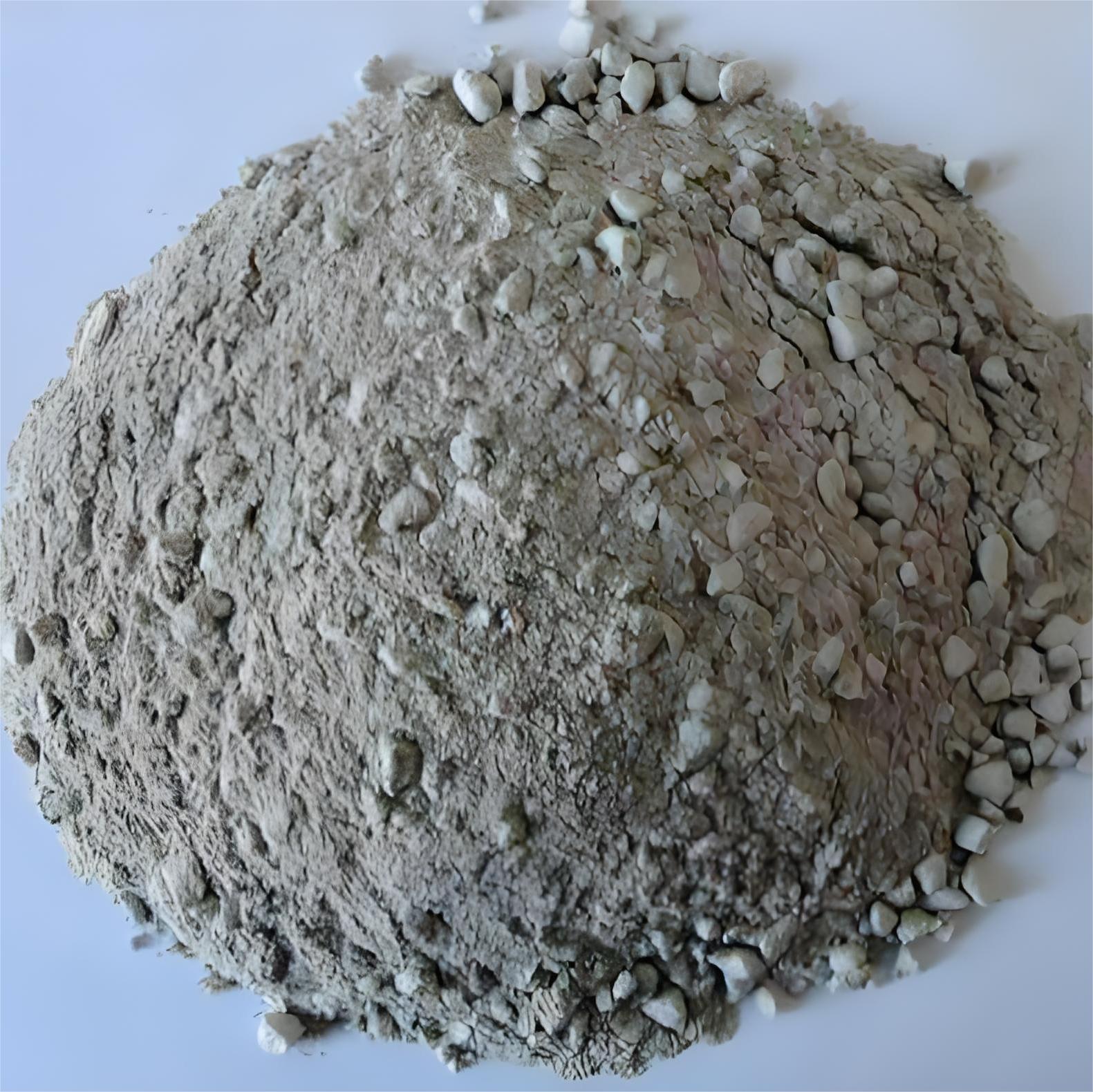
In the world of industrial furnaces, kilns, and reactors, maintaining structural integrity under extreme heat isn't just a preference—it's a survival necessity. That’s where high-alumina castable refractories from Zhengzhou Rongsheng Refractory Co., Ltd. come in. With over 90% Al₂O₃ content, these nozzles of thermal resilience are not just another product—they’re a proven solution to real-world problems.
Let’s break it down simply: alumina (Al₂O₃) is the backbone of high-temperature resistance. In our high-alumina castables, an average of 92% Al₂O₃ ensures exceptional refractoriness—meaning they stay stable at temperatures up to 1700°C without softening or deforming. This directly translates to longer lining life and fewer unplanned shutdowns.
But it’s not just about temperature. Mechanical strength matters too. These materials typically achieve compressive strengths of 120–150 MPa, far exceeding traditional brick-based linings. Why? Because the high purity reduces impurities that weaken grain boundaries during thermal cycling.

What many buyers overlook is how density and low porosity affect performance in aggressive environments. Our castables have a bulk density of 2.8–3.0 g/cm³ and pore volume below 12%. This means less room for molten slag penetration—a common cause of premature failure in steelmaking and cement kilns.
A case study from a Brazilian steel plant shows this clearly: after switching to our high-alumina castable lining, their tundish lining life increased by 40% and maintenance costs dropped by 22% within six months.
| Property | Standard Range | Industry Benchmark |
|---|---|---|
| Al₂O₃ Content (%) | 90–95% | 75–85% |
| Compressive Strength (MPa) | 120–150 | 80–100 |
| Thermal Shock Resistance (cycles @ 1100°C) | ≥20 | ≤10 |
Unlike pre-formed bricks, high-alumina castables offer unmatched installation flexibility. Whether you're repairing a furnace wall in a remote site or building a new rotary kiln, you can pour, vibrate, and cure on-site—no need for specialized masonry skills. One client in Germany reported a 30% faster turnaround time compared to brick-lining methods.

If your facility operates in harsh conditions—whether it’s continuous thermal shock, chemical attack, or mechanical wear—this isn’t just a material upgrade. It’s a strategic investment in uptime, safety, and cost control.
Ready to solve your next refractory challenge? Let us help you choose the right formulation based on your specific process parameters—from coal-fired boilers to electric arc furnaces.
You’re not alone—over 30 countries trust our solutions. Share your application details, and we’ll send you 3 tailored case studies from similar industries.
Get Your Free Technical Consultation Today










